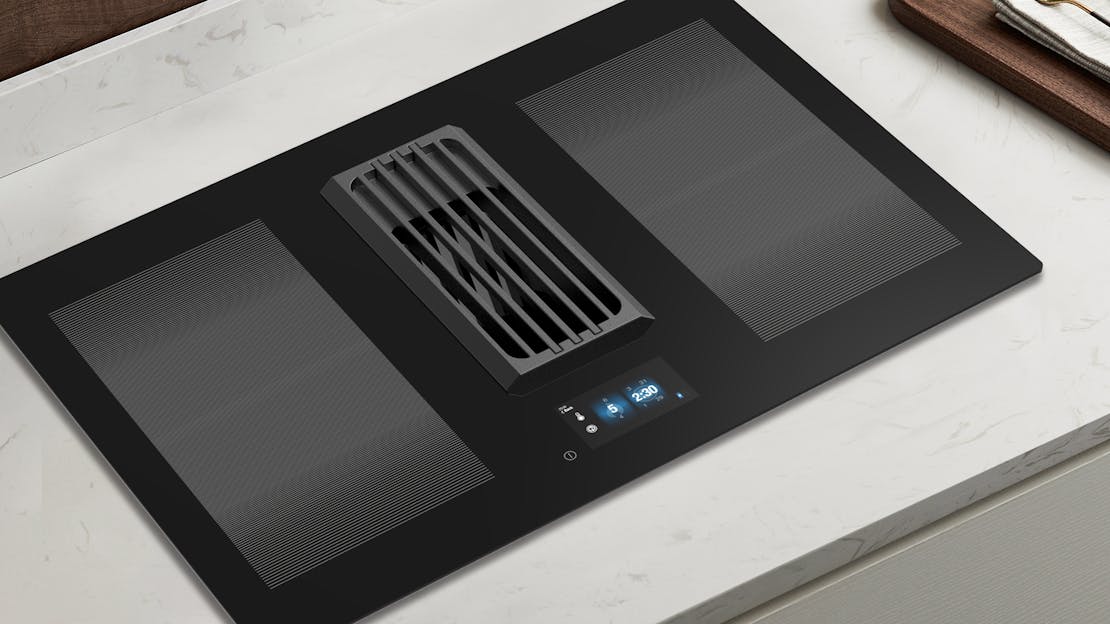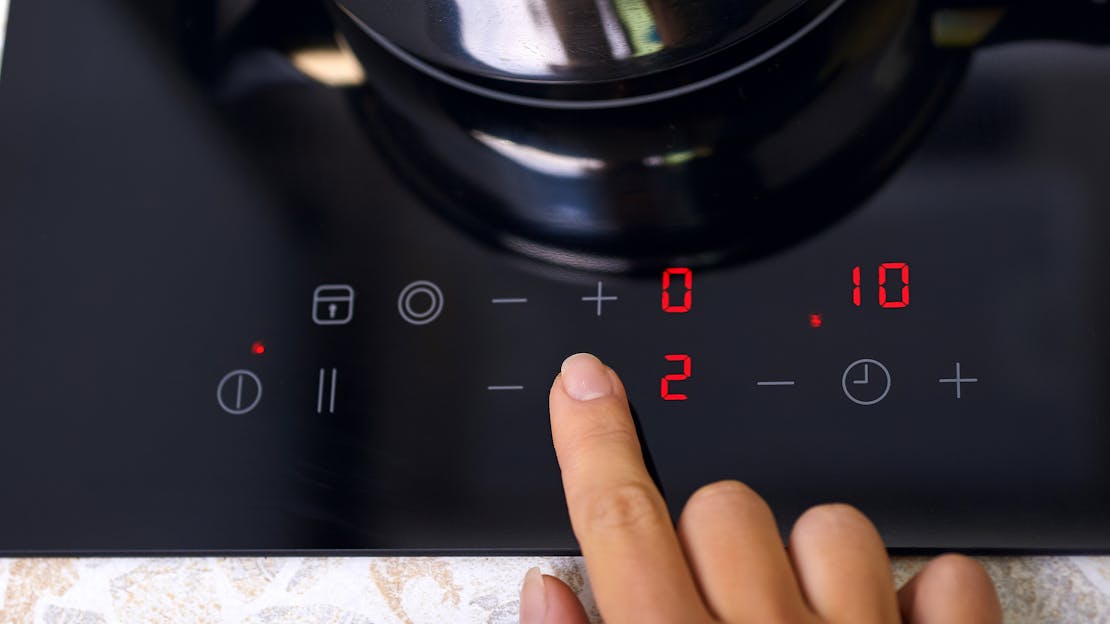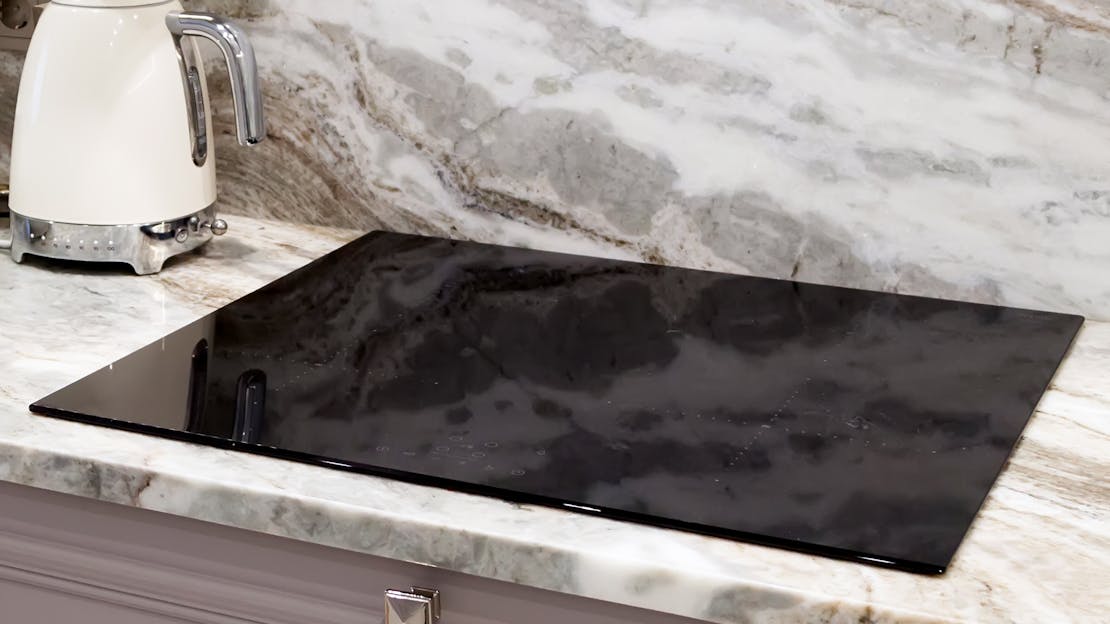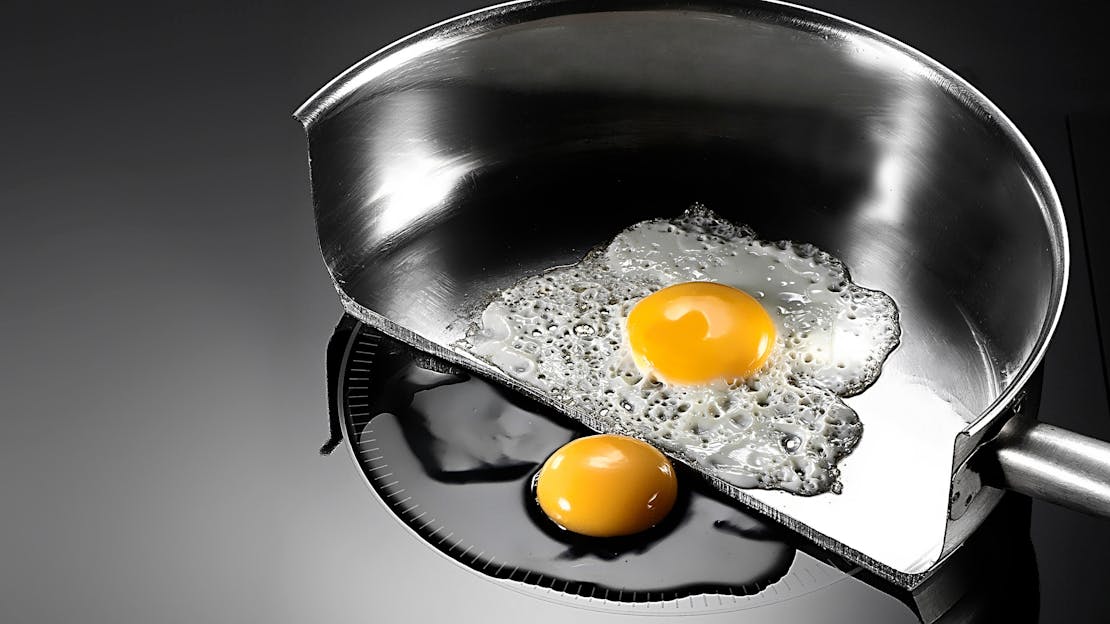
Avoiding Common Pitfalls: What Not to Do with Your Induction Hob
In the heart of every British kitchen, the induction hob has become a culinary marvel, offering speed, precision, and efficiency like never before. As we embrace the modernity of our culinary world, induction hobs have taken centre stage, promising a seamless cooking experience that's both energy-efficient and aesthetically pleasing. However, as with any advanced kitchen appliance, there are guidelines and precautions that must be followed to ensure both the safety of your induction hob and the longevity of your cooking adventures.
What should you not do with an induction hob?
Avoid Incompatible Cookware: Ensure you use cookware with a magnetic base, typically made of iron or stainless steel, which is suitable for induction hobs. Steer clear of non-compatible materials like glass, copper, or aluminium.
Refrain from Sliding Pots and Pans: Do not slide your cookware across the hob's surface, as it may scratch or damage the delicate glass top. Always lift and place your pots and pans gently.
Never Leave Cookware Empty: Leaving empty, induction-compatible cookware on the hob can cause it to overheat, potentially leading to damage or safety hazards.
Check for Warped Cookware: Ensure your cookware has a flat base in good condition. Warped or damaged cookware may not make proper contact with the hob, resulting in uneven cooking and heat distribution.
Avoid Overfilling Pots and Pans: Refrain from overfilling your cookware with food or liquids, as this can lead to spills and boil-overs, potentially causing damage to the hob's surface.
Use Gentle Cleaning Products: When cleaning your induction hob, do not use abrasive or harsh cleaning materials. Instead, use a soft cloth or sponge with a mild, non-abrasive cleaner designed for glass surfaces to prevent scratches.
Promptly Tackle Spills: Address spills promptly to prevent them from adhering to the hob's surface. Burnt-on residue can be challenging to remove and may impact the hob's performance.
Do Not Place Non-Cookware Items on the Hob: Keep the hob clear of non-cooking items such as utensils, paper towels, or plastic containers. The hob's sensors may mistake these objects for cookware, potentially causing confusion or overheating.
Follow Manufacturer's Instructions: Always refer to the manufacturer's instructions and guidelines provided in the user manual. They contain specific information about your induction hob's features, care, and safety precautions.
Do Not Leave the Hob Unattended: Avoid leaving the induction hob unattended while it is in use. This is crucial for safety and to prevent kitchen accidents.
By adhering to these guidelines and avoiding common mistakes, you can make the most of your induction hob, ensuring both its longevity and safe operation in your kitchen.
Top Selling Hobs from MyAppliances
Discover the epitome of cooking versatility with our leading range of hobs, featuring induction, gas, and ceramic options. Engineered to meet the demands of modern kitchens, our best sellers combine innovative technology with sleek design to deliver exceptional performance every time. Explore our top picks today and revolutionise your cooking space.
Buying Guides - Helping you choose the right hob
Buying Guides - Helping you choose the right hob
With numerous options in fuel types, sizes, and settings, finding the perfect fit for your kitchen can be daunting. Our comprehensive guide simplifies the process, presenting you with a range of excellent choices to make your decision easier.
![The Ultimate Hob Buying Guide]()
Deciding which hob to buy can be challenging, given the range of options available. This guide aims to simplify the process by detailing the various aspects of induction, ceramic, and gas hobs.
![The Ultimate Guide to Induction Hobs]()
If you're considering upgrading your kitchen hob, you may find yourself mulling over the fascinating world of induction hobs. As one of the leading manufacturers of all types of hobs, we're here to help navigate you through this often bewildering terrain. Welcome to the Ultimate Induction Hob Buying Guide!
![The Ultimate Guide to Gas Hobs]()
If you're considering purchasing a gas hob for your kitchen, this guide will provide you with all the essential information you need to make an informed decision. Throughout this guide, we'll explore the advantages, safety considerations, installation process, cleaning tips, and cost considerations associated with gas hobs.
![The Ultimate Guide to Ceramic Hobs]()
Ceramic hobs have revolutionised cooking, offering a sleek and modern aesthetic combined with practical and efficient functionality. So what exactly is a ceramic hob?
![Gas Hob Buying Guide]()
Offering a traditional way to cook food on a hob, our gas hobs here at MyAppliances are simple to use and will instantly update your kitchen.
![Ceramic Hob Buying Guide]()
Extremely easy to use, our ceramic hobs are a dream to clean, too. With handy touch control features, these appliances offer value for money and a fuss-free way to cook.
![Induction Hob Buying Guide]()
Economical and well-designed, our induction hobs here at MyAppliances come in a range of sizes and are easy to install, too.
![The Ultimate Guide to Which Pans Suit Which Hob Types]()
This guide navigates through a spectrum of hob types — from the venerable gas hob to the cutting-edge induction cooker — each demanding a specific pan companionship.








